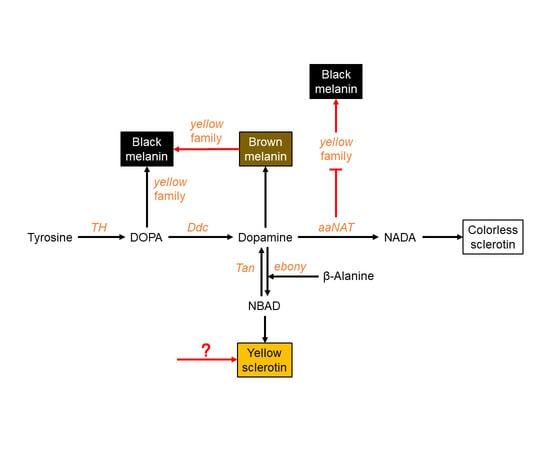MushManMike
Arachnopeon
- Joined
- Feb 18, 2021
- Messages
- 29
Sorry in advance for the long post 
Not sure if they are considered a morph and or a locality, as I can’t find much info on the different types. I’ve heard of someone mentioning a “yellow” and a “white” phase and seemed confused when I mentioned the “ghost” phase which led me to try and look into them and found the following.
Looking at photos from Google I’ve seen:
-High yellow with red and lack of black pigment,
-black body with yellow bands on the legs and yellow spots,
-black body with yellow bands and white spots,
-black body with red bands and orange spots
-black body with yellow bands with white spots and red head
-And according to the link below
~brown, which has a high mortality rate?
~black, lacking yellow, white, and red
pigment?

 www.mdpi.com
www.mdpi.com
Maybe some of these were misidentified as P. biguttatus? And or maybe some are hybrids?
My main focus of this is that threw most of my searching I haven’t been able to find much info on my latest purchase of 12x “P. biguttatus “ghost” nymphs.
I saw the parents in person and they were just black with white bands and white spots but looking at photos I’ve only found 3 pictures labeled as “ghost” and 2 of them as nymphs. The adult picture looked like the more common photo I’ve seen the most which is a black body with yellow bands on the legs with white spots
The 2 other nymphs are exactly like mine but there is one thing I’m confused about… there are a mix of two different looking nymphs same white bands on the legs but some have black abdomens and others have white abdomens. Was thinking it was maturity/life stage but some smaller ones are black while some bigger ones are white and vice verse
Not sure if they are considered a morph and or a locality, as I can’t find much info on the different types. I’ve heard of someone mentioning a “yellow” and a “white” phase and seemed confused when I mentioned the “ghost” phase which led me to try and look into them and found the following.
Looking at photos from Google I’ve seen:
-High yellow with red and lack of black pigment,
-black body with yellow bands on the legs and yellow spots,
-black body with yellow bands and white spots,
-black body with red bands and orange spots
-black body with yellow bands with white spots and red head
-And according to the link below
~brown, which has a high mortality rate?
~black, lacking yellow, white, and red
pigment?

Three Melanin Pathway Genes, TH, yellow, and aaNAT, Regulate Pigmentation in the Twin-Spotted Assassin Bug, Platymeris biguttatus (Linnaeus)
Pigmentation plays a vital role in insect survival and reproduction. Many melanin pathway genes have been studied in holometabolous insects; however, they have only been studied in two hemimetabolous insect genera, Oncopeltus and Periplaneta. Here we analyzed three melanin pathway genes (TH...
Maybe some of these were misidentified as P. biguttatus? And or maybe some are hybrids?
My main focus of this is that threw most of my searching I haven’t been able to find much info on my latest purchase of 12x “P. biguttatus “ghost” nymphs.
I saw the parents in person and they were just black with white bands and white spots but looking at photos I’ve only found 3 pictures labeled as “ghost” and 2 of them as nymphs. The adult picture looked like the more common photo I’ve seen the most which is a black body with yellow bands on the legs with white spots
The 2 other nymphs are exactly like mine but there is one thing I’m confused about… there are a mix of two different looking nymphs same white bands on the legs but some have black abdomens and others have white abdomens. Was thinking it was maturity/life stage but some smaller ones are black while some bigger ones are white and vice verse
